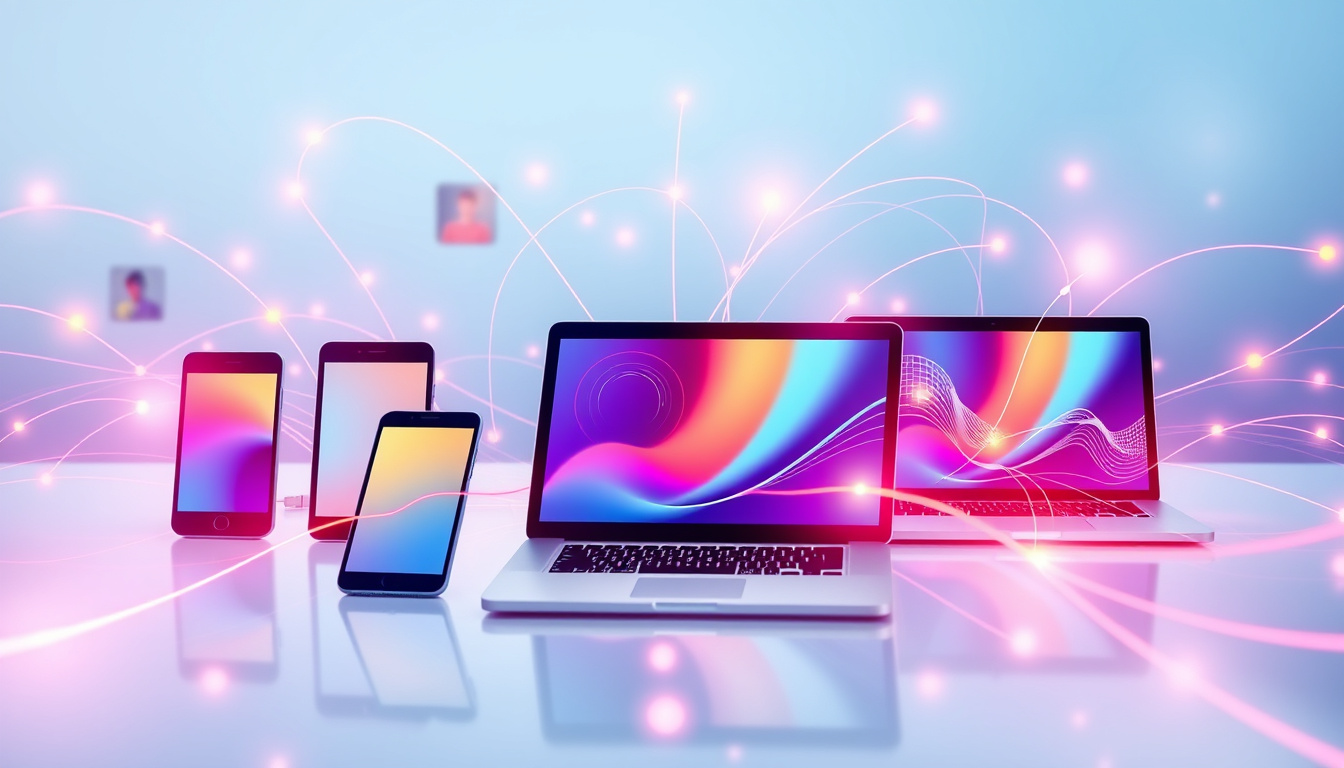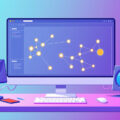In today’s digital landscape, client devices play a pivotal role in shaping user experience and enhancing connectivity. As we navigate a world increasingly defined by a seamless blend of technology and personal computing, understanding what client devices are, their functionalities, and their impact becomes essential.
What is a Client Device?
A client device is often defined as any electronic device that relies on a server to access information or services. This category encompasses a wide range of hardware, including desktop computers, laptops, tablets, smartphones, and even specialized devices like Internet of Things (IoT) sensors. Each of these devices can connect to networks to request services or data, making them integral to both personal and professional environments (TechTarget, CodeHS).
Types of Client Devices
Client devices can be classified based on their architecture and the resources they utilize:
-
Thick Client: These devices perform most data processing and application execution locally with minimal reliance on servers.
-
Thin Client: Lightweight and usually less powerful, thin clients perform minimal processing and rely heavily on the server to handle most of the work, often seen in cloud computing scenarios.
-
Hybrid Client: A combination of both thick and thin clients, hybrid clients can process data locally but also depend on servers for specific operations.
-
Zero Client: These are minimalistic devices that contain little to no local processing capabilities, designed primarily to connect to a server for computing tasks (TechTarget).
Understanding these distinctions is essential for selecting the appropriate technology to meet user needs, streamline processes, and enhance performance.
The Role of Client Devices in User Experience
Client devices significantly impact how users engage with digital content and services. Here’s a closer look at their contributions:
1. Enhanced Accessibility
Client devices facilitate greater access to information and tools, allowing users to connect to servers from virtually anywhere, whether at home, in the office, or on the go. This versatility means that users can easily conduct their work, communicate, and access data without being tethered to a single location.
2. User-Centric Design
Modern client devices often prioritize user experience through intuitive designs and interfaces. Personal computers and mobile devices that run user-friendly operating systems and applications enable users to perform tasks efficiently, enhancing productivity. Whether using a smartphone to manage schedules or a laptop for remote work, the design of client devices focuses on making technology accessible and effective.
3. Tailored Applications
Client devices also benefit from a wealth of applications tailored to specific user needs. For instance, educational tools can be accessed easily through tablets and laptops, empowering students and educators to leverage technology further in the learning process. Similarly, smartphones support an array of applications that cater to personal and professional tasks, enhancing everyday life.

Connectivity and Security Considerations
While client devices unlock new capabilities, they also introduce challenges, particularly regarding security and connectivity. As these devices frequently interact with servers across various networks, ensuring the security of data transfers is vital. Implementing strong encryption protocols and access controls helps safeguard sensitive information and protects users from potential cyber threats.
Conclusion
Client devices are transforming the way we interact with technology, enabling unprecedented levels of connectivity and user experience optimization. Whether through a laptop used for work or a tablet for educational purposes, the potential of client devices is vast. As technology continues to evolve, the role of client devices will remain ever prominent, continually reshaping how we connect, learn, and operate within the digital realm.
In summary, client devices are not merely tools; they are gateways to a connected future, enhancing both individual experiences and collaborative efficiencies across various sectors. Understanding their functionalities and potential impacts will help users and organizations harness their full benefits in an increasingly digital world.



